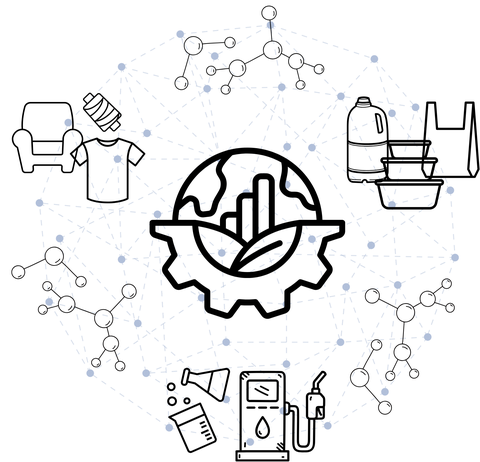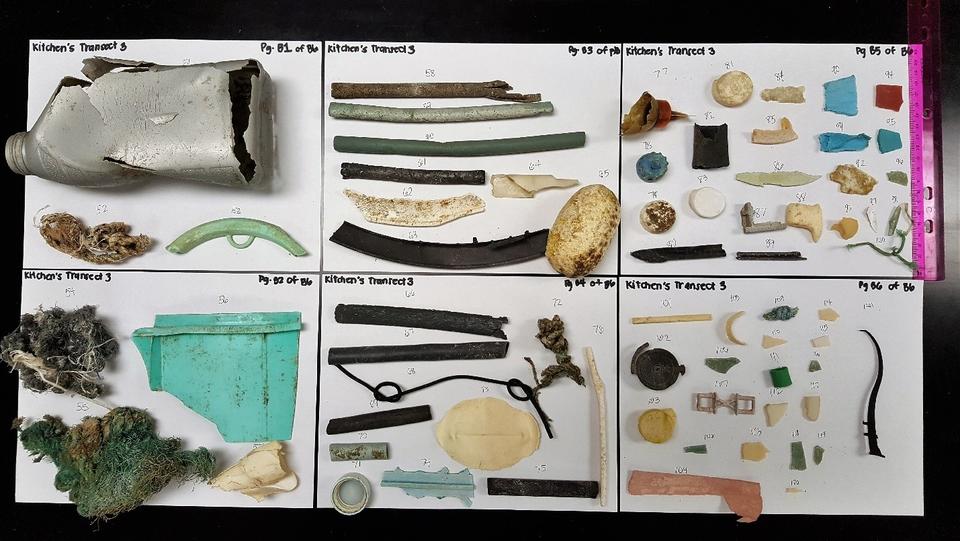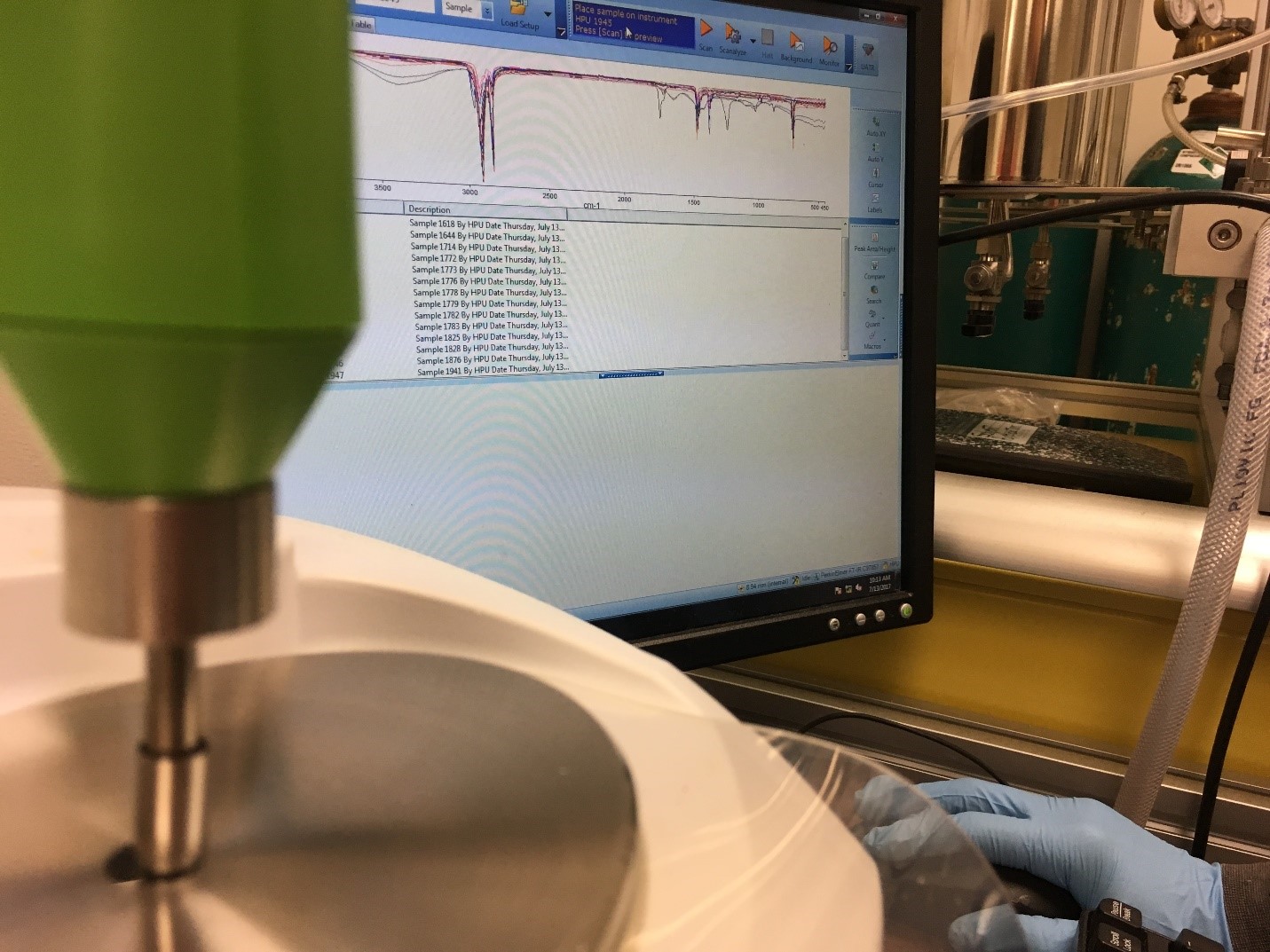Summary
Plastics have undoubtedly brought numerous benefits to society, but the recapturing and reclaiming of plastic materials faces technological and measurement challenges. The National Institute of Standards and Technology (NIST) is at the forefront of plastic recapture and reclamation measurement science, working to develop innovative methods and technologies for analyzing quantities, types, sources, and potential solutions related to used plastics. NIST is a global leader in the field of plastic measurement, and provides essential tools and resources for researchers, industry stakeholders, and the public.
Description
Plastics are a complex mixture of various polymer types with different chemical structures, shapes, and chemical additives. From microscopic nanoplastics (as small as 1 nm) to large megaplastics (over 1 m), plastic pollution poses significant measurement science challenges. By developing accurate methods for identifying and quantifying these plastic particles, researchers can better understand their sources, transport, fate, and global impacts. This information is essential for developing targeted solutions, such as source reduction and recycling initiatives.




